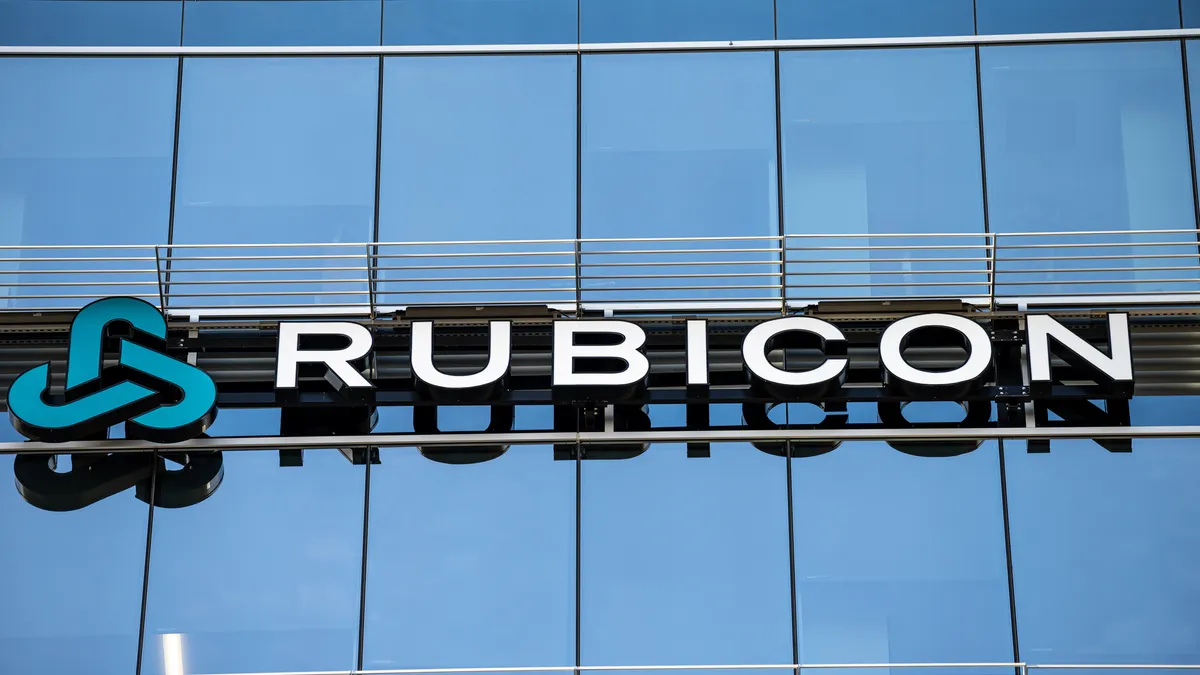Rubicon recently reduced its workforce as part of ongoing cost-cutting efforts that have been underway since the company went public in 2022.
The latest round included Chief Operating Officer Renaud de Viel Castel, who joined the company in 2016 and moved up through multiple roles. It also included Chief Marketing & Communications Officer Dan Sampson.
According to Benjamin Spall, senior manager of communications, “this was a reduction of less than 20 people designed to optimize our workforce” and “reductions were primarily in back-office operations.” The changes were effective Feb. 16.
Since going public in a complicated special purpose acquisition corporation process in 2022, which left the company shorter on capital than expected, Rubicon has embarked on a “bridge to profitability” plan. This included improving its liquidity position through raising capital and refinancing debt, a process that has continued into this year. The company has also been focused on expanding margins and cutting costs.
The cost-cutting efforts yielded an estimated $55 million in annualized savings last year. This cost cutting also included another round of layoffs that affected 55 employees, or 11% of staff, in late 2022. As part of efforts to improve profitability, Rubicon executives have discussed using artifical intelligence to enhance customer-facing sales options as well as internal operations such as auditing invoices.
“We can do that because we're actually using technology in a fundamentally different way to really enhance our back-office platforms, to really make sure that we're as lean and mean as possible,” said CEO Phil Rodoni at a Dec. 8 investor event.
The company reported it had substantially achieved all these efforts last year and reported an adjusted gross profit margin of 11.6% for Q3. The company’s revenue was $526.9 million through Q3, with a net loss of $62.4 million for the same period. During the company’s most recent earnings call, executives said they expected to reach positive free cash flow and adjusted earnings before interest, taxes, depreciation and amortization in the near term.
During the Dec. 8 event, Rodoni said Rubicon was at “the precipice” of profitability after focusing on efforts to stabilize the company’s foundation in 2023.
“When I look at 2024, I look at it as more reorienting ourselves towards growth,” said Rodoni, citing opportunities in the company’s smart cities division as well as recycling services for business customers.
The city division, through which Rubicon earns recurring revenues by providing software for local fleets, is described as a higher-margin opportunity than its core waste broker services. Rodoni said the smart cities sales team nearly tripled in size last year in an effort to boost earnings. To date, Rubicon has not shared specific revenue figures for this division.
The company previously reported more than 100 municipal clients in the U.S., including nine of the largest cities by population. Austin, Texas, was one of its most recent additions.
On the recycling side, Rodoni said the company was shifting to a “much more nuanced” approach for engaging new commercial business customers. Traditionally, Rubicon would offer to facilitate waste collection services and then try upselling to include more of the nearly 170 different material types it can manage. Rodoni said margins are higher for managing these materials — citing examples such as pallets and shrink wrap — versus waste.
“We’re going to be much more aggressive about going after just the commodity markets, just the recycling markets,” he said.
Rubicon’s Q4 and full-year earnings results release is expected in the coming weeks.















